Predictive Disease Analytics Size
Predictive Disease Analytics Market Growth Projections and Opportunities
There are several factors driving the predictive disease analytics market that shape these positive trends and affect healthcare. One of the key factors is increasing disease burden due to chronic and infectious diseases worldwide. With the rising number of health conditions, there is a need for more sophisticated analytics solutions that detect early disease manifestation, analyze risks, and facilitate proactive disease control. This increase in demand is consistent with the broader trend of moving from reactive to proactive medicine, which stresses tools capable of predicting and preventing impending health problems. The predictive disease analytics market is built on technological innovations in data analysis. The development of big data analytics, machine learning and artificial intelligence enables healthcare professionals to process large quantities of information. Such technologies lead to the creation of predictive models that improve disease predictions accuracy, allowing for early interventions and personalized treatment approaches. High costs related to healthcare services act as a stimulus for the use of predictive disease analytics. Gradually, healthcare providers and payers are attracted to cost effective solutions that can be applied for preventive measures leading the financial burden when treating an advanced disease. The application of predictive analytics is aimed at maximizing utilization of resources, avoiding unnecessary medical costs, and improving the overall cost-effectiveness in healthcare delivery. The predictive disease analytics market is driven by various government initiatives and regulatory frameworks. Governments worldwide are advocating for the use of healthcare IT solutions, and regulatory standards are rapidly changing to enhance data interoperability. It is compliances with these standards that drive the development and implementation of predictive analytics solutions in healthcare environments. The shift towards patient-centric care increases the importance of predictive disease analytics. Patients become more and more involved in the process of their healthcare journey, so predictive analytics allows them to see individual risks, preferences as well as potential interventions. This corresponds to the overall objective of personalizing health care delivery and making it more patient-oriented. Precision medicine trends naturally align with predictive disease analytics. These analytics solutions help identify certain patient profiles by combining genetic, clinical and lifestyle data. This allows for tailoring preventive interventions and therapies, consistent with the notion of precision medicine which aims to provide personalized care.
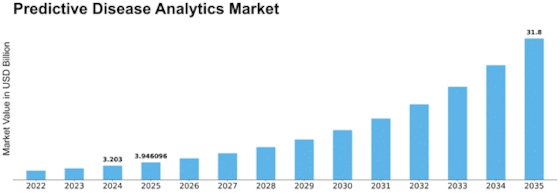

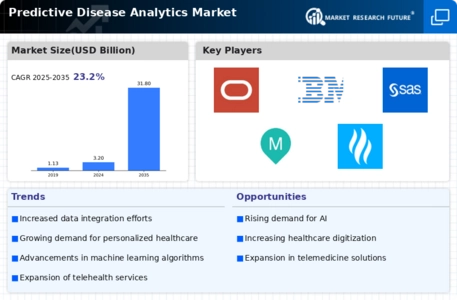
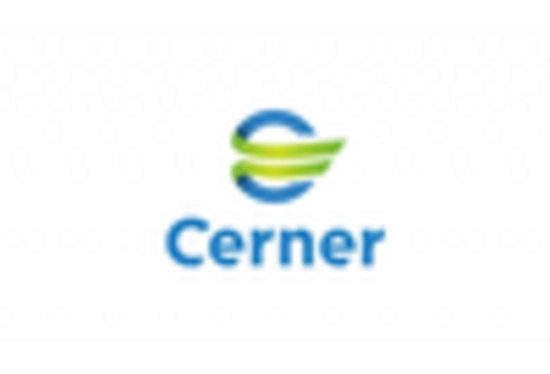
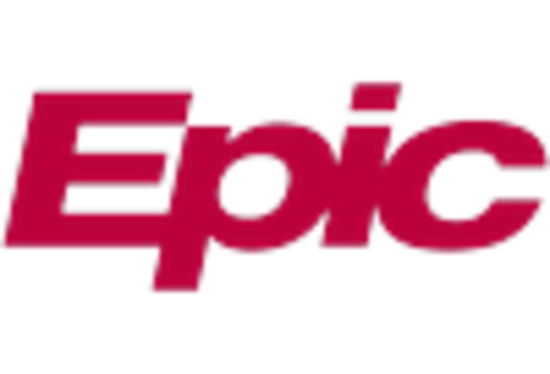

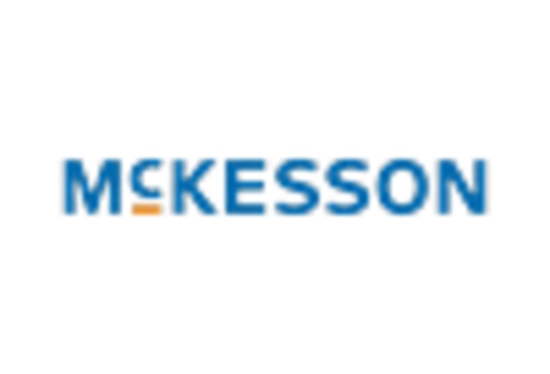

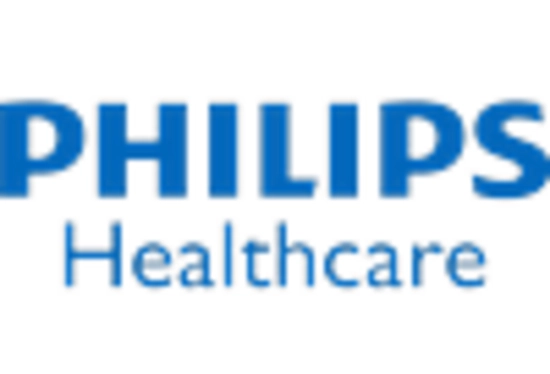









Leave a Comment